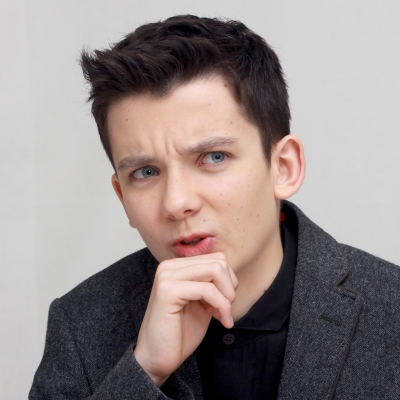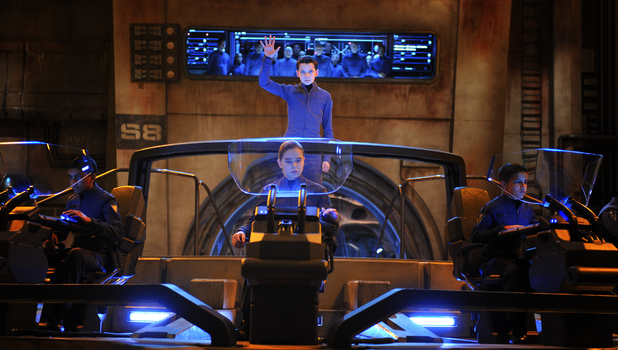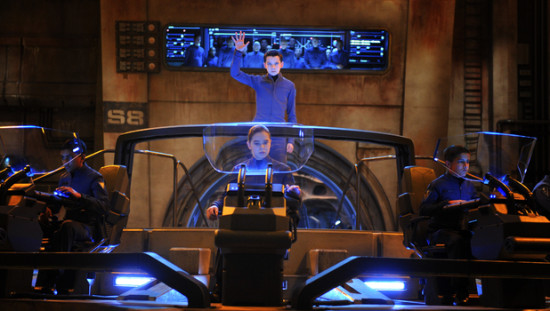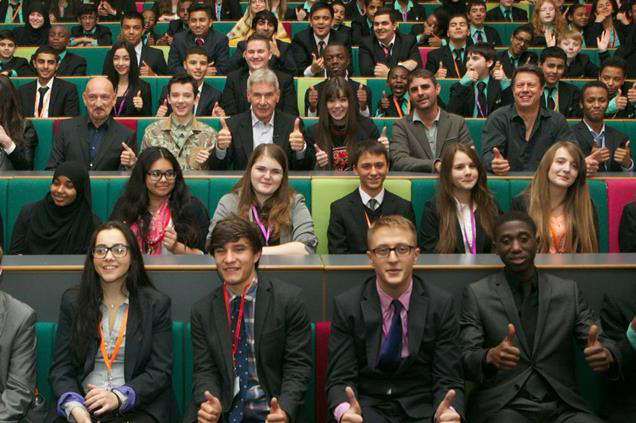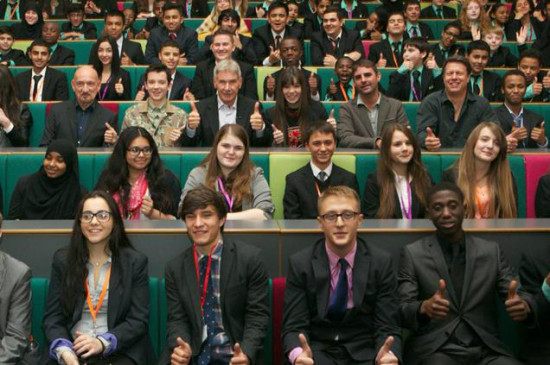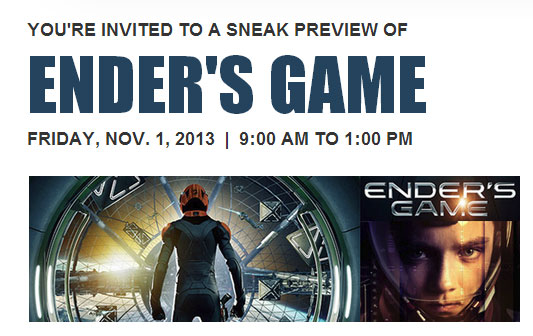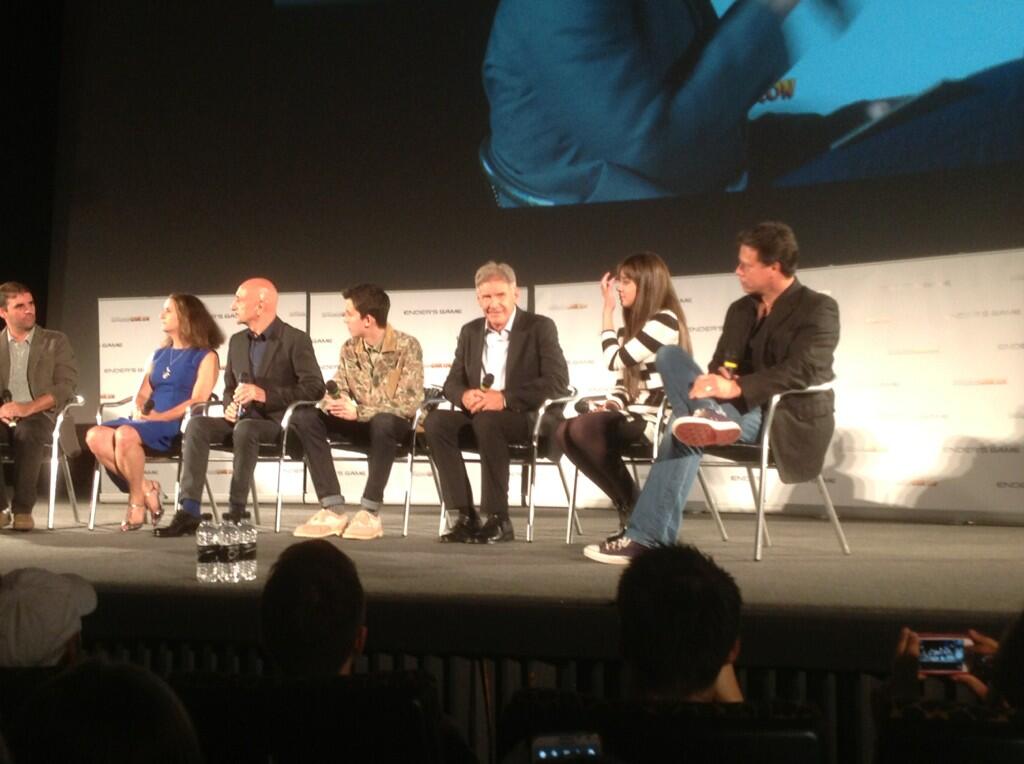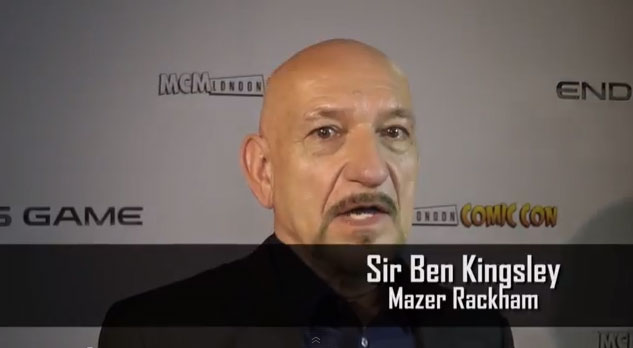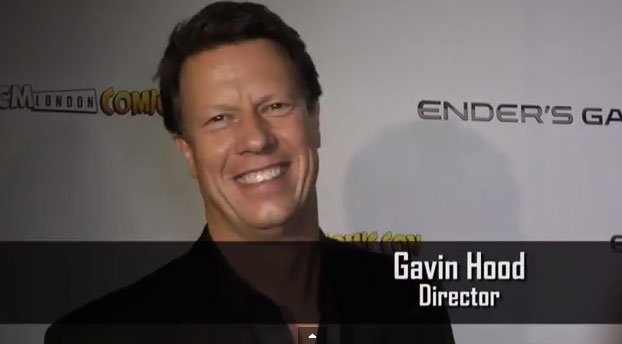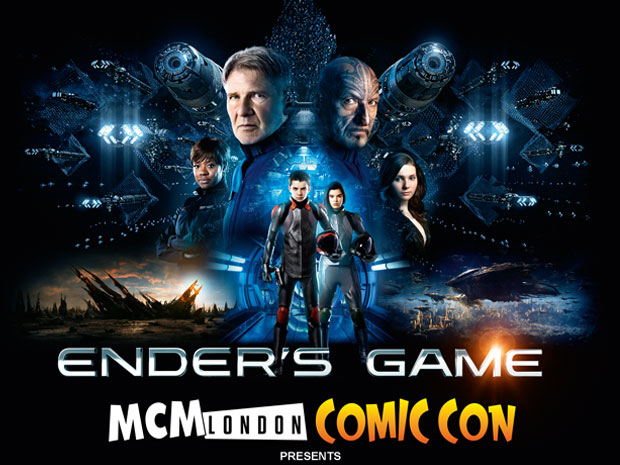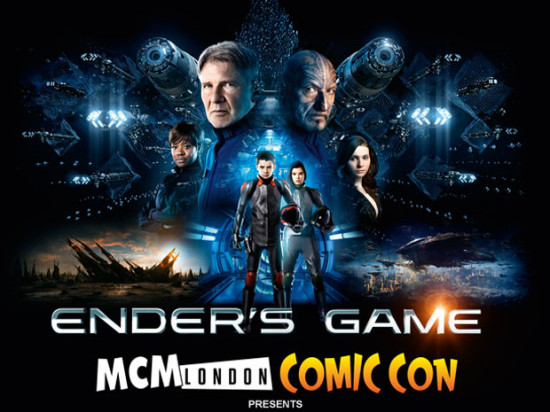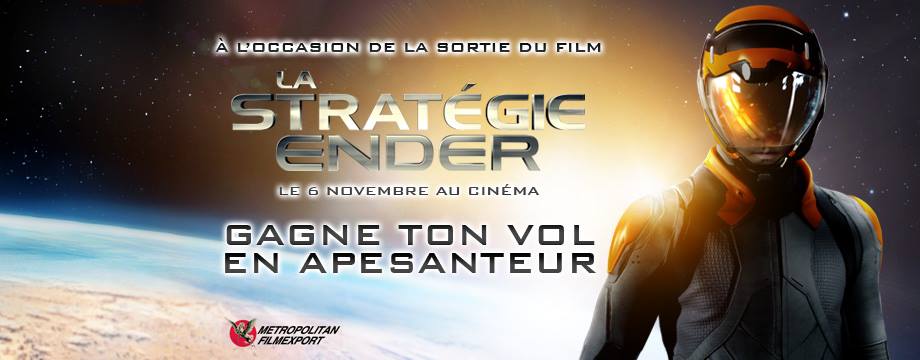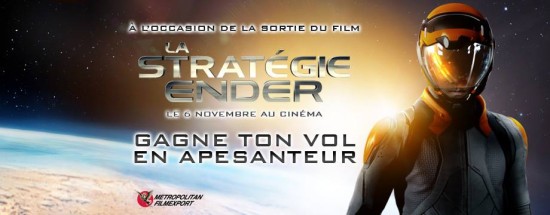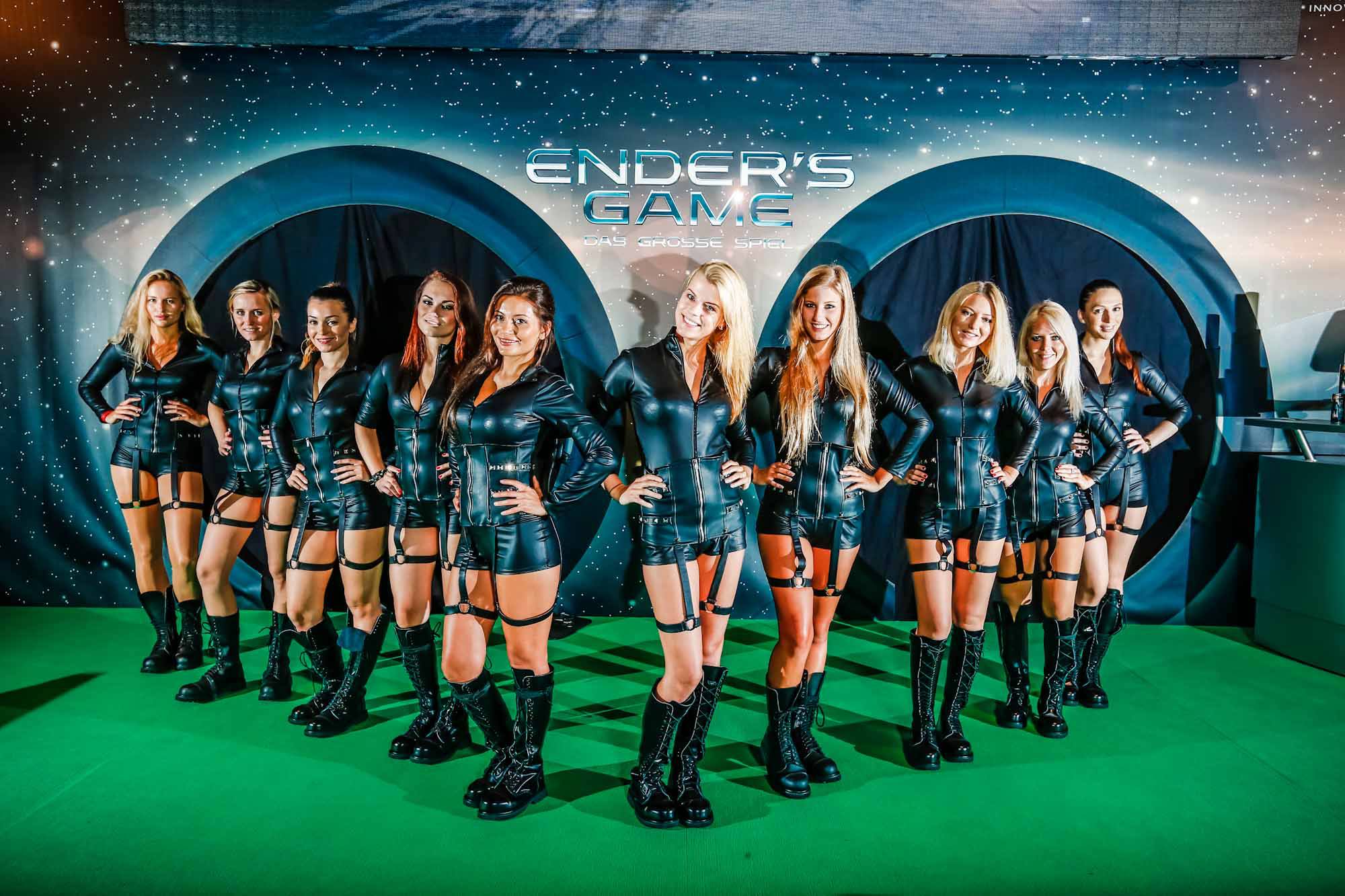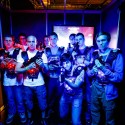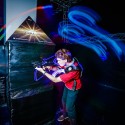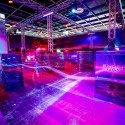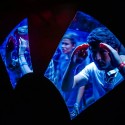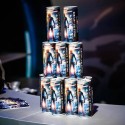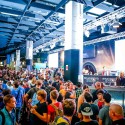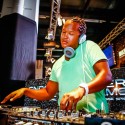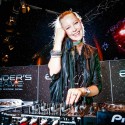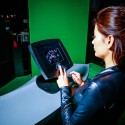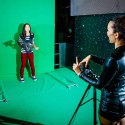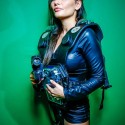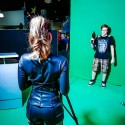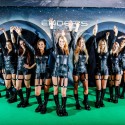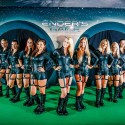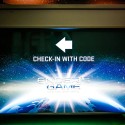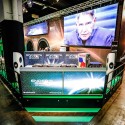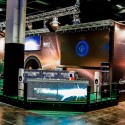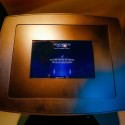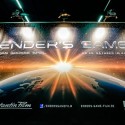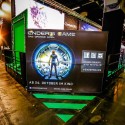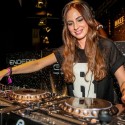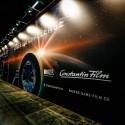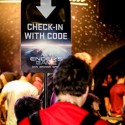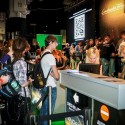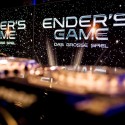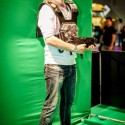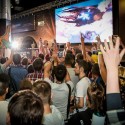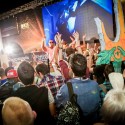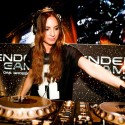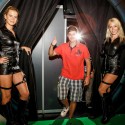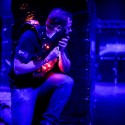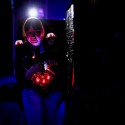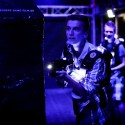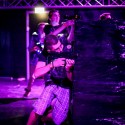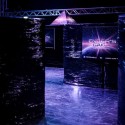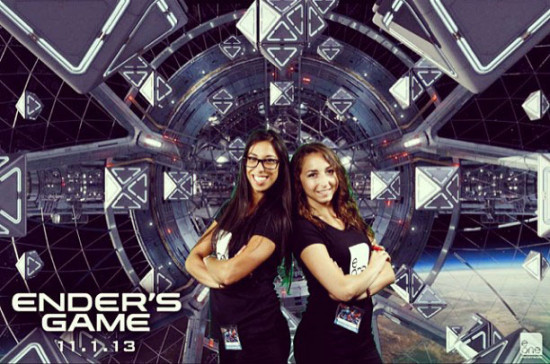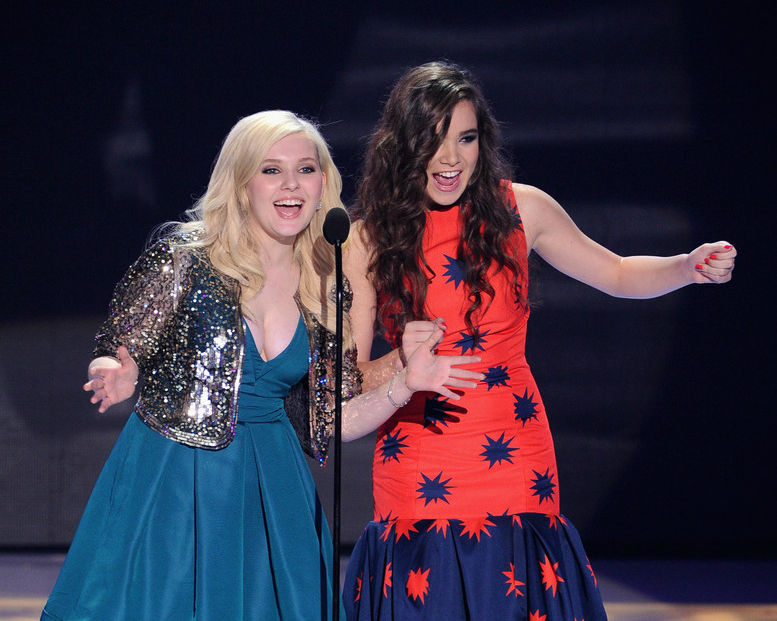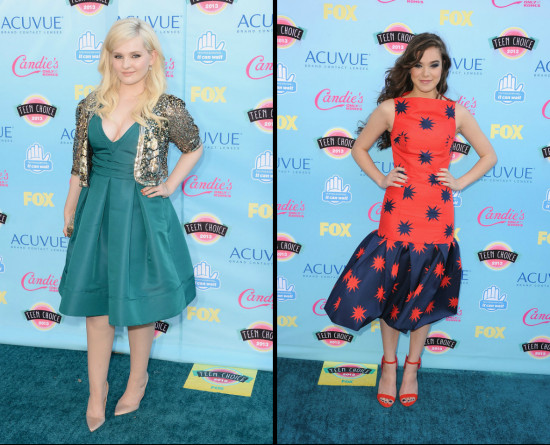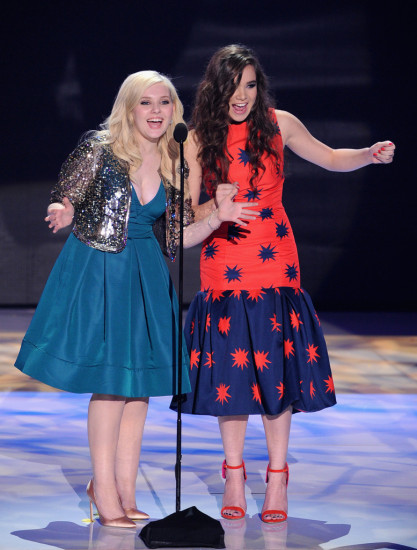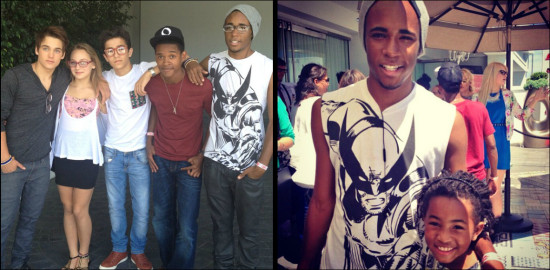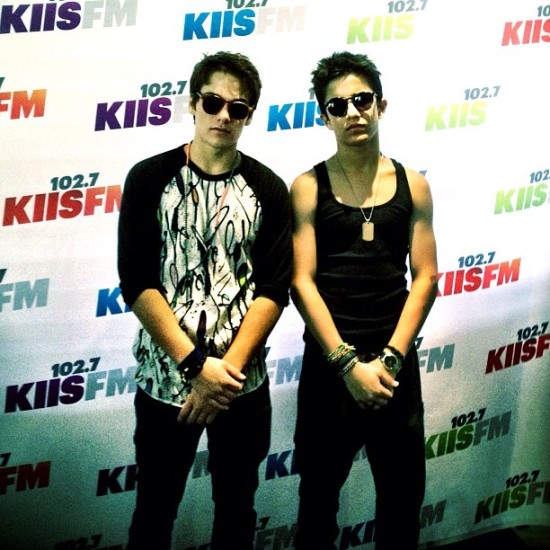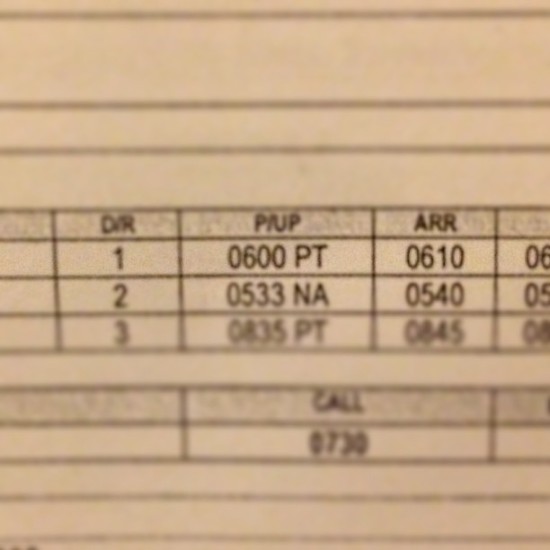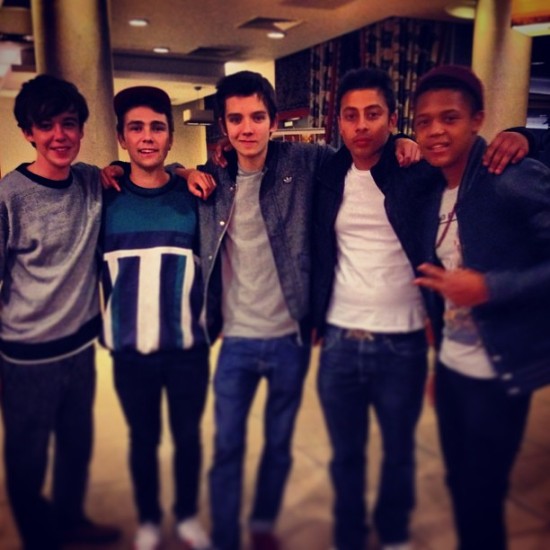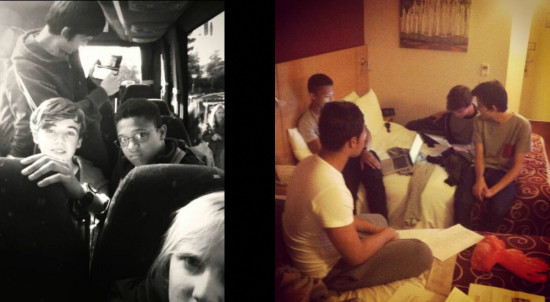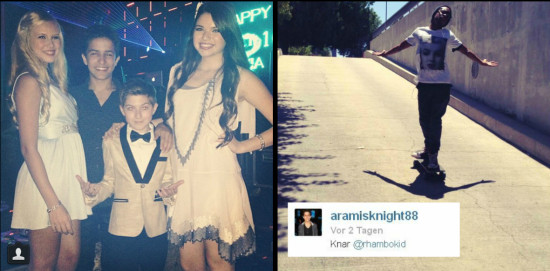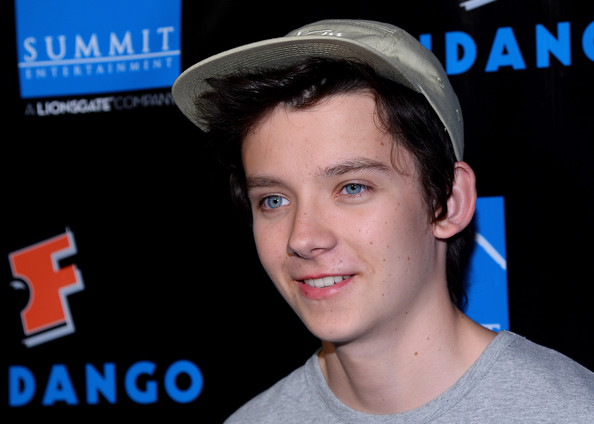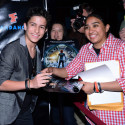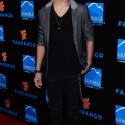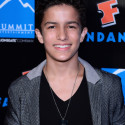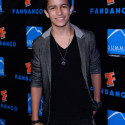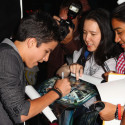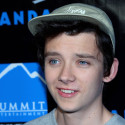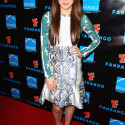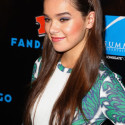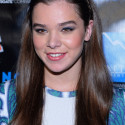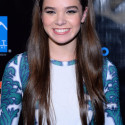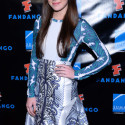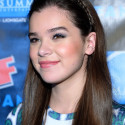“No flash photography, or else very bad things will happen – like, I don’t know, your youngest sibling will be sent to Battle School, or something…”
Craig Stevens stands on the stage at the Odeon Cinema, warming up the audience as we wait for the star-studded Q&A panel to take to the stage – as if we need any warming up. Harrison Ford, Asa Butterfield, Hailee Steinfeld and Sir Ben Kingsley’s names are met with a lot of cheering, along with joint applause for producers Gigi Pritzker and Bob Orci, and of course Gavin Hood, whose reimagining of Ender’s Game, Stevens reminds us, hits screens on October 25th in the UK.
A surprisingly quiet cheer answers the question of how many book fans there are in the building – a lot of people are here primarily to catch a glimpse of the stars, it seems. We get an idea of age demographics when the presenter asks how many have come for Mr Ford and how many for Master Butterfield – Harrison’s cheer is louder, but Asa’s comes in at a slightly higher pitch.
Within minutes, though, the ‘hyping up’ section of the evening is over, and seven pretty magnificent people walk onto the stage. The cast, as Stevens points out, reads ‘like a Who’s Who of Academy Award winners and nominees’.
And now it’s time for the questions, submitted ahead of time by fans on Twitter. A lot of them are reiterations of things we’ve seen asked in previous interviews, but there are some really eloquent answers given.
Here’s part one of the transcript. The rest should be up tomorrow!
Ender’s Game was published nearly thirty years ago; why has it taken so long to become a massive motion picture?
Stevens directs this to the two producers, who look at each other with wry smiles.
Orci: Why’d it take you so long to get the rights to the book, Gigi? What happened?
Pritzker: I had a nephew who read the book a long time ago and loved it, and this was a boy who had a hard time reading, so the fact that he read a book was shocking to me, and I decided I needed to read it as well. And it was a terrific book, he was right, and… it took me thirteen years to find Bob.
Orci: And the technology didn’t fully exist, you know, the effects had to be great, it had to be wonderful, and audiences needed to be hungry for it, they’ve seen so many things that we’ve already seen. This book is very original, and hopefully audience will be satisfied by the fact that it’s nothing they’ve seen before.
With the advancement of CGI, was [Ender’s Game] something that couldn’t have been made many years ago, is it now the right time to make this movie?
Hood: I’m hesitant, in the presence of Harrison Ford, to say that something to do with science fiction couldn’t be made. [To Ford] And you spoke very eloquently on the way that the battleships were made in Star Wars… He’ll tell you all about that. But, you know, the point is that technology is something that… what’s happened is that we’ve reached the point now where visual effects really are so good that they can either be well used, or abused. You can slam visual effects all over a movie, and audiences go, ‘That’s really cool…i-is there a story in here anywhere?’ So what I love about Ender’s Game is that it does have fantastic visual effects, Bob’s absolutely right, we now can render the Battle Room, which fans love, in this beautiful photorealistic way – but it’s also a story that, at its heart, is about great characters, and great character interactions. So I hope you guys get two things, I hope you get fantastic visuals, and I hope that you still have the themes, and ideas, and challenges of the book. I hope the movie will be all that.
Harrison, turning to you, then, you’re obviously a man who has worked in this genre for many years, so you’ve seen CGI grow and change. What are the fundamental differences that you saw, working now on Ender’s Game, that maybe you didn’t see, back in the late 70s and early 80s?
Ford: Well, in the olden days, when I was there, we had sort of horse-drawn effects. You know, you put bits together, and then you made a physical prop. Now you create it in a computer. And that’s basically the difference. And both methods work, but computer graphic perhaps allows you a little bit more latitude. But it also allows you the potential, as Gavin mentioned, to exceed human scale, to get beyond, to overpopulate the screen in a way that confuses the eye, and the emotions. And I am convinced, by what I’ve seen, that we have not done that here. But it’s a great aid to imagination. And one of the best things about science fiction is the bandwidth of the imagination that you can use. I mean, a realistic film, on earth, only has a certain visual, a certain potential. Once you get into the future, it broadens. You can imagine things. And this book did imagine, twenty-eight years ago, things like the internet, touch-screen technology, drone warfare, all of which is now a part of our lives, for better or for worse. So there’s a lot of wisdom and understanding in the book, and, potentially, we’ve captured quite a bit of it.
Hood: Thank you. I hope so.
How was it for you, Asa and Hailee, then, working with this – venturing into the world of scifi? Obviously you had some physical work, but working with CGI as well?
Butterfield: It was really exciting. Neither of us had done a film with this level of special effects or this level of CGI. When you’re hanging there, twenty feet off the ground, surrounded by green screen, and all you’ve got is the other actor, a metal star, and the wonderful Gavin Hood shouting instructions at you as to what’s going on, it’s a really interesting experience. And we honestly couldn’t do it without all of those instructions being shouted out. We had a lot of fun experimenting. Gavin had his, what we call ‘pre-vis’, which is what his idea was, what the film would look like, but nothing can compare to the final image.
How familiar were you all with the book? We know that in America this is part of your curriculum now, at school, people read this book, but over here in the UK it wasn’t so known. Although this room knows it very well, right? [cheers.] We love it. So how aware were you, growing up with this book?
Orci: I’m excited to read it. It sounds great. No, I read it in seventh grade when I was twelve years old, and I loved that it didn’t talk down to me, I loved that it celebrated intelligence, I loved that it had complicated themes, I loved that it was, you know, a good adventure. It kind of ticked all the boxes, for a twelve-year-old.
Pritzker: I read it as an adult, and I loved that a thirteen-year-old boy and his aunt could sit and talk about those themes and those issues, and dig into something, and the fact that a book could inspire a conversations among generations was terrific to me.
Kingsley: I wasn’t aware of it at all, until I met Gavin, […] and he had his laptop with him, and showed me all the beautiful graphics, talked me through what he intended for the film, and I realised, I wasn’t looking at the graphics, I just thought, this is a really unique guy: strong and passionate, he’s a great leader, and he had a very broad intelligence and imagination, so his map of the book is what I took as my map of the character, and the world that we were inhabiting. I know that Gavin struggled to adapt the book to screen, because the novel by definition is an internal process, and what we have to do here is massively externalise what’s going on in people’s minds and imaginations, and what they’re struggling with. So my first impression of it, and my lasting impression, will be Gavin’s interpretation of this clearly wonderful book.
Butterfield: I read it just after I got the script, and I’m a massive fan of science fiction, so it was right up my street, and I loved it as much as I loved the story. For me, not just the character of Ender, but the whole world is so beautifully crafted in the novel, that I wasn’t sure how it could be brought to the screen, but Gavin has done it justice, and he’s done it amazingly.
Gavin, when you’re adapting a book to a screenplay, it’s a book, as Sir Ben says, that’s going on internally. When you’re writing this, do you not think, ‘hang on, you can write this, but can you direct it?’ ‘I’ll just change that bit, this’ll be easier’?
Hood: First of all, let me just say thank you to my fantastic cast for their kind words, because they… you don’t make a film on your own, I’m hugely supported by their talents, and the talents of people who aren’t here – the great visual effect supervisors, and so on. It’s a little embarrassing, but thank you so much. And we had a fantastic time, as you can tell. This wonderful family has, I hope, delivered something that all you fans will like. Yes, in terms of adapting the book to the screen: it is a very internal journey, but also it’s a fantastic, sort of, spectacle. The Battle Room, which is just a beautiful vision to create something about, the final simulation battle – they were challenging, those environments, because when you’re sitting there with a book, you know that… I hope this doesn’t come across the wrong way, but it is a black box room. And it reads brilliantly in all the battles. But suddenly, I’ve taken on this job, and I was all keen, and I got there, and I… oh, boy. Now I have to actually decide what it’s going to look like. If it’s a black box, why am I up in space? So you know, inspiration comes from crazy places, but I remember thinking, okay, well it’s a huge glass sphere. I hope you guys will forgive me, and embrace this, because here’s the thinking: I’m in space. I need a huge glass sphere, so that when you jump out… you really feel like you’re in space, you look up, and the sun’s there, and the earth’s down below. And I took this idea to Gigi and Bob, and I was so enthusiastic, and they go… ‘budget, budget, budget…how are we going to do this?’ But they immediately jumped on board, and we developed it, with the wonderful concept artists and wonderful production designers, Ben Proctor and Sean Haworth, built this thing out, and then took it out into the world as a 45-second teaser piece – the battle room was the first thing we developed – and took it to can, and you know, it wasn’t made in a big studio. Big studios were, I don’t know, afraid to make this film for many years. Tried, gave up. And so we had to raise the money from places like England, and France and Germany, and all over the world, and—
Orci: I sold my house.
Hood: I beg your pardon?
Orci: I sold my house.
Hood: …so, it was, um, a great opportunity to get an international group of people to…
[We’re all still laughing at Orci, and Gavin kind of trails off at this point and laughs himself.]
Hood: …That’s my cue to shut up.
He had such a lovely house. Hailee and Asa, let’s talk more about your characters, because they’re at the real heart of this. We’ve talked about the CGI, and we’ll talk more about the physical elements in a moment, but it’s your relationships, and the journey that you go through – talk about the character relationships that you guys have.
Steinfeld: When you meet my character, Petra, you meet her at a time when you know she’s been at the Battle School for quite a while. And when you meet Ender, he’s instantly shut down, he’s instantly doubted by everybody else at the Battle School, because you look at somebody at that point and it’s, ‘how are they going to catch up with us? How is he nearly going to be as good as us? We’ve been here forever, we’ve worked so hard.’ Especially when he’s coming in, and our mentors are already telling us that he’s the best of the best. And you can assume that my character, being one of very few girls in the Battle School, and being the only girl in the Salamander Army, you get quite a bit of that doubt in her to, from all the people around her. So when they meet each other, they’re really not looking for anything but a friend. They’re placed into this world where they don’t know who they can trust and who they can’t trust, or, you know, they don’t really have anybody to look to. So when they meet each other, they find that within each other, and it’s a really special friendship.
~
Part Two and hopefully some pictures coming tomorrow!
As a side note, it’s interesting what Hailee says here about girls in Battle School. We’ve been thinking it’s a lot more gender-balanced in the movie than in the book, from shots we’ve seen of Dragon Army, but Hailee implies here that female students are still a rarity. Maybe Dragon ends up with a higher ratio of girl soldiers because of the ‘misfit’ category all the Dragons fall into? Interesting!
